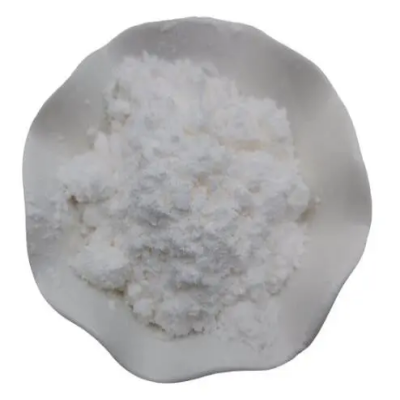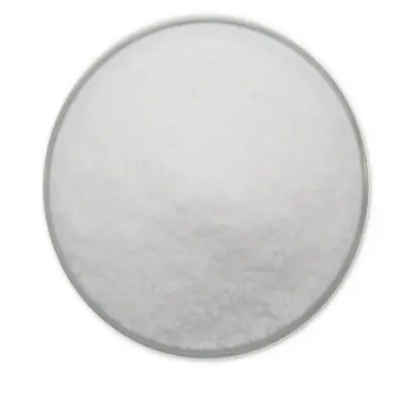Tetracycline CAS:60-54-8
Tetracycline is utilized in the treatment of various bacterial infections, including respiratory tract infections, urinary tract infections, skin and soft tissue infections, sexually transmitted diseases, and certain atypical infections such as Lyme disease and acne vulgaris. It is also used in the management of conditions like periodontal disease and Helicobacter pylori eradication therapy. The dosage and administration of tetracycline depend on the type and severity of the infection, as well as individual patient factors such as age, weight, and renal function. It is typically administered orally, either as tablets or capsules, on an empty stomach to enhance absorption, although some formulations may be taken with food to reduce gastrointestinal irritation. Patients should be cautioned about potential side effects associated with tetracycline therapy, including gastrointestinal disturbances, photosensitivity reactions, and tooth discoloration, especially in children and pregnant women. It is contraindicated in pregnant women, nursing mothers, and children under eight years of age due to the risk of tooth discoloration and impaired bone development. Tetracycline should not be taken concurrently with dairy products, antacids, or iron supplements, as they can interfere with its absorption. Additionally, prolonged use of tetracycline may lead to the development of bacterial resistance and superinfections. Consulting with a healthcare professional is essential for personalized treatment recommendations, monitoring for adverse effects, and guidance on managing drug interactions to ensure safe and effective use of tetracycline in bacterial infections.



| Composition | C22H24N2O8 |
| Assay | 99% |
| Appearance | white powder |
| CAS No. | 60-54-8 |
| Packing | Small and bulk |
| Shelf Life | 2 years |
| Storage | Store in cool and dry area |
| Certification | ISO. |





![Amides, tall-oil fatty, N-[3-(dimethylamino)propyl] CAS:68650-79-3](https://cdn.globalso.com/xindaobiotech/YXWU15IWKSREIEIP210.png)


![N-[(2'-cyano[1,1'biphenyl]-4-yl)methyl]-methyl ester L-valine monohydrochloride CAS:482577-59-3](https://cdn.globalso.com/xindaobiotech/6FOL1BS0UMD0X9Z402274.png)
